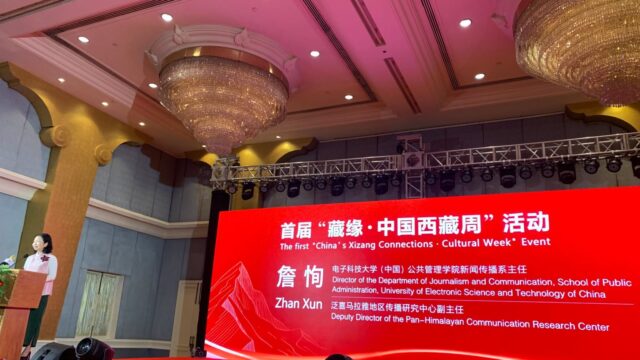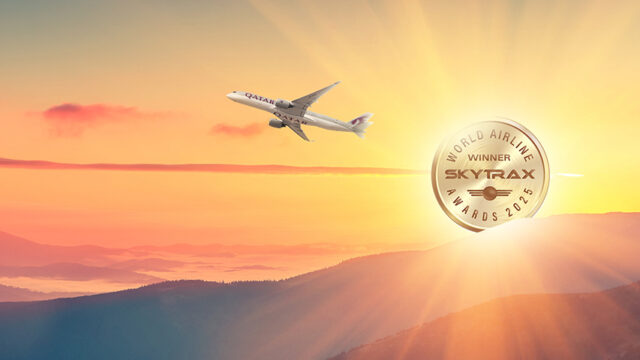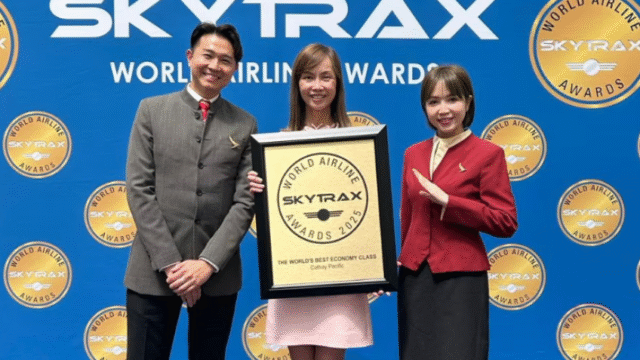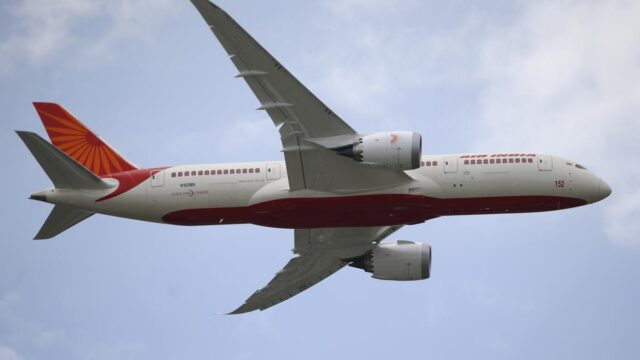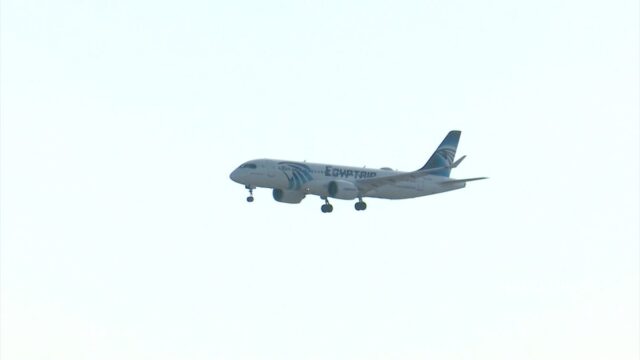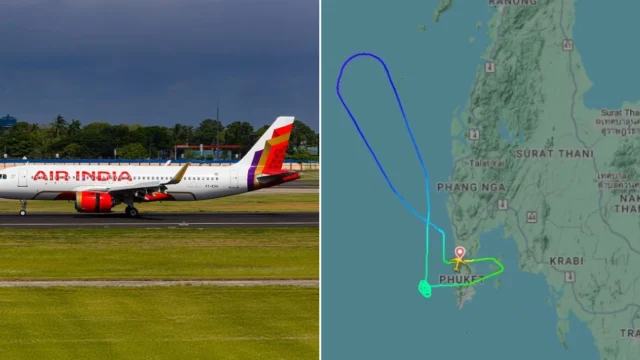Park rangers on Japan’s sacred Mount Fuji officially commenced this year’s climbing season about 90 minutes before sunrise on Monday, implementing new trail fees and limiting the number of hikers to curb overcrowding.
At 3 a.m., officials opened a newly installed gate at a station situated just over halfway up the 3,776-meter (12,388-foot) peak, a symbol of Japan and a popular destination for tourists. Climbers are now required to pay a fee of 2,000 yen ($12) and the number of daily climbers is capped at 4,000, following complaints of litter, pollution, and dangerously crowded trails last year.
“I think Mount Fuji will be very happy if everyone is more conscious about the environment and things like taking rubbish home with them,” said Sachiko Kan, 61, one of about 1,200 hikers gathered on the first day of the new measures.
The yen’s slide to a 38-year low has made Japan an attractive destination for overseas visitors, contributing to a surge in tourism. While this influx is boosting the national economy, it is also straining travel and hospitality facilities and testing the patience of locals.
The large number of tourists caused traffic hazards at a nearby photography spot where Mount Fuji appeared to float over a convenience store. This led officials to erect a barrier of black mesh to obstruct the view that had gained viral popularity online.
This year’s climbing season on Mount Fuji, which spans the prefectures of Yamanashi and Shizuoka about 136 km (85 miles) from Tokyo, runs until September 10, after which weather conditions become too cold and snowy. Mount Fuji, an active stratovolcano with its last eruption in 1707, has been a site of Shinto and Buddhist worship for centuries.
Last year, the number of climbers recovered to pre-pandemic levels, with about 300,000 people scaling the mountain annually, according to the Environment Ministry. Hikers typically begin their ascent early in the morning to reach the summit in time for sunrise.
In exchange for the trail fee, climbers receive a wristband granting access to the trail between 3 a.m. and 4 p.m. This daily limit does not apply to those with reservations for mountain huts closer to the peak. Authorities introduced these measures to prevent accidents and altitude sickness, particularly among foreign “bullet climbers” who race to the top, Yamanashi governor Kotaro Nagasaki explained last month.
Governor Nagasaki also emphasized the need for Japan to focus on attracting “higher spending visitors” rather than sheer numbers.
Geoffrey Kula, a climber from Boston, expressed understanding of the restrictions. “This is not Disneyland,” said Kula. “Having some sort of access control system to limit the amount of potential chaos is good.”
The new regulations aim to ensure a safer and more enjoyable experience for all visitors, while preserving the natural beauty and cultural significance of Mount Fuji.

